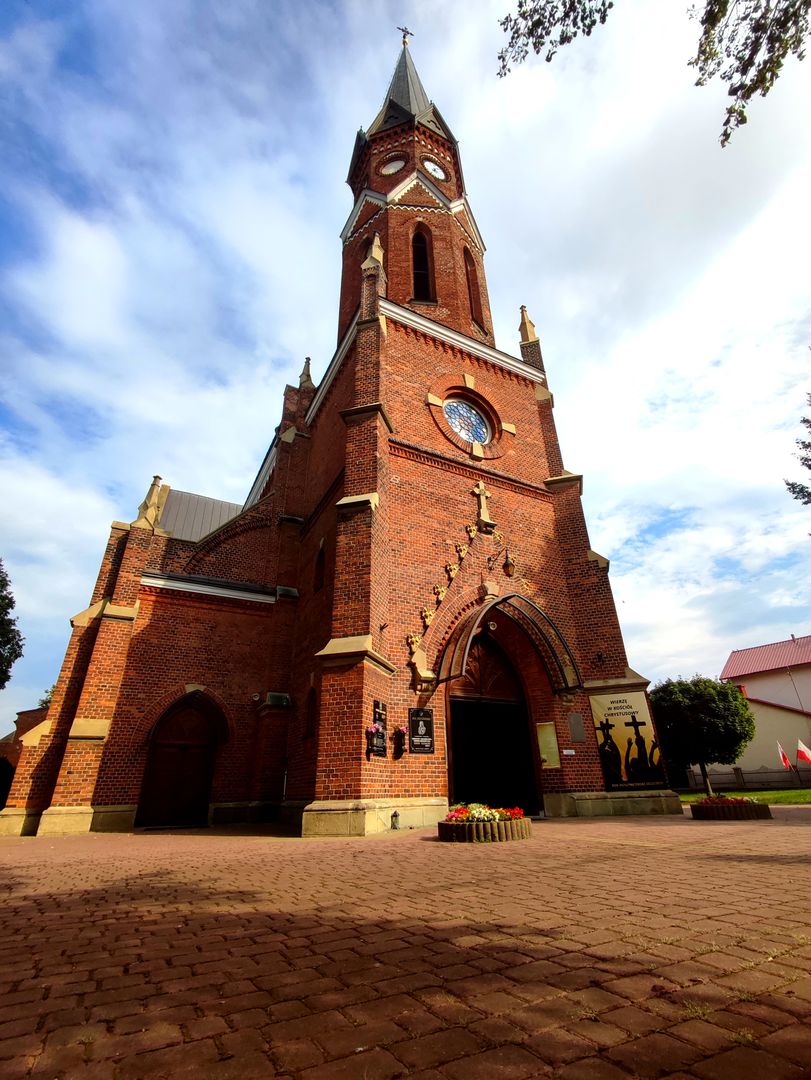Steel Will
7.24

Overview
Stalowa Wola is a city in the Podkarpackie Voivodeship, located in the Sandomierz Basin, with the San River flowing through its area. It was established in the 1930s as a factory settlement associated with the construction of the Central Industrial Region. The city gained municipal rights on April 1, 1945. It is characterized by modernist architecture, designed by architects Bronisław Rudziński and Stefania Skibniewska, which emphasizes functional solutions. Among its monuments are the Capuchin Fathers' monastery complex, churches, and the Regional Museum, which was transformed from the Lubomirski Castle. Culture in Stalowa Wola thrives thanks to institutions such as the Municipal Cultural Center, the State Music School, and various museums. The city also offers a rich array of sports facilities, including stadiums, halls, and swimming pools. In a historical context, Stalowa Wola is an important site related to Polish history, particularly during World War I and World War II, when numerous military operations and repressions took place here. An interesting fact is that the city's etymology is linked to the "steel will of the Polish nation," symbolizing the desire for modernization. Modern-day Stalowa Wola is a dynamic industrial center, home to many enterprises, including Huta Stalowa Wola S.A., known for producing machinery and military equipment. Additionally, the city is surrounded by numerous tourist trails, including cycling routes, that lead to charming surrounding areas.
Location
2025 Wizytor | All Rights Reserved



